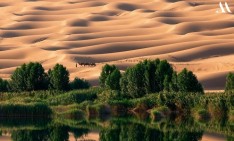Think of deserts, and the first image that springs up in your mind is likely to be of sand dunes as high as hills stretched as far as you can see. Above sand is the clear pale blue sky, and the Sun blazing intensely. No matter what your imagination has been, the heart-breaking beauty of the actual desert will be permanently etched in your mind and heart at first sight.
The forgiving and the wrathful nature together make the desert an enigma. And this, you can observe when you switch off the train of endless thoughts and become one with its essence. An arid vastness engulfing you could be the very experience you need as a respite from the blasé and mundane life.

The desert has inspired millions of lives and hundreds of civilizations for thousands of years. Although dry, it will produce enough water to sustain what lives in its bosom; the plants, animals and people. More than 20% of the land on Earth is desert, they may usually look empty, deserted rather, but this does not mean they are uninhabited. And since they are inhabited, there has to be a compelling form of nature that sustains every life form.
And what is, if not, an oasis metaphorically and literally the heart of the desert? The magical occurrence of an oasis in the middle of an inhospitable desert is like an apparition of the celestial body after a long quest, like the veil of cool breeze in the scorching heat, Jesus’s wine in a parched throat, manna for a hungry stomach and the mecca for a lost vagrant.

A natural oasis is a spot of lush vegetation with multiple palm trees, shrubbery such as mini cacti, ferns, and flowers surrounded by the desert where the elevation is low enough that the water table is right beneath the surface, resulting in the presence of springs, lake or pond. Such deep zones are formed only by the wind's natural force. It's capable of displacing the sand in significant amounts when it manifests as dust or sand storm in certain areas. The storms shift great quantities of sand, usually several hundred feet below the surface. When it rains occasionally, this produces a water table just above the bedrock; some oases have water dating back 20,000 years old. Seeds planted in that ground are capable of sprouting and extending roots into the moist land, creating an oasis.
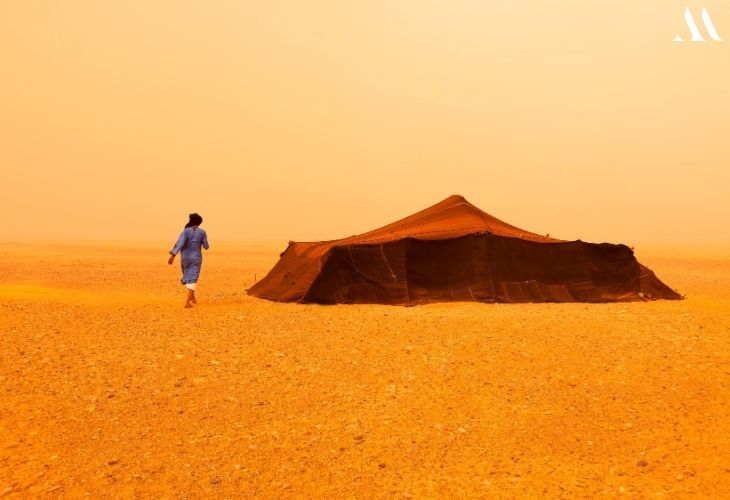
Oases are vital features of the ecosystem. Caravans of nomads and civilized society have stopped here to energize themselves and refuel their canteens. Have held parley for their next trail and indulged in fun and frolic. Since its existence, in the heart of the desert, unaccountable stories have been written, conquests have been boasted, poems have been recited, and prayers have been chanted. Those who came with open arms were nurtured, those who came to bare their soul were blessed, those who came to tame the desert perished in its wind.

Many ethnic groups have been living in the desert for centuries, but they don’t fixate themselves to one place; they cannot. Their trail is of moving caravans in search of places with water and food. Some of these tribes are the Berbers of North Africa that include the Kabilis and the Tuaregs known as the “blue men” for the characteristic veils they wear to protect themselves against the harsh weather, the Bedouins of the Arabic deserts, the Bejas of Namibia, the Sans of the Kalahari desert and the Aborigines of Australia. Some nomadic tribes live by raising livestock for milk and meat. Then there are the Tuaregs, known for forming trade routes across desert sands.
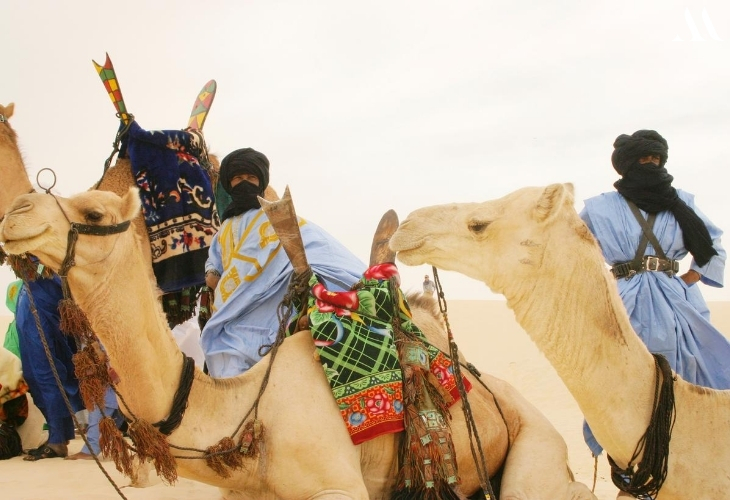
In all Saharan oases, the date palm rates as the main source of food, whereas in its shade grow figs, peaches, apricots, vegetables, citrus fruits, and cereals such as wheat, barley, and millet. The size of the oases varies. Sometimes, the oasis formed by the wind can be enormous when massive tracts of the desert are wiped clean by storms. The great Kharga Oasis in the Sahara, for example, is over 161 km long and 19.3 to 80.5 km in width. The Siwa Oasis in Egypt is 80 km long and 20 km across. About 23,000 people live here.

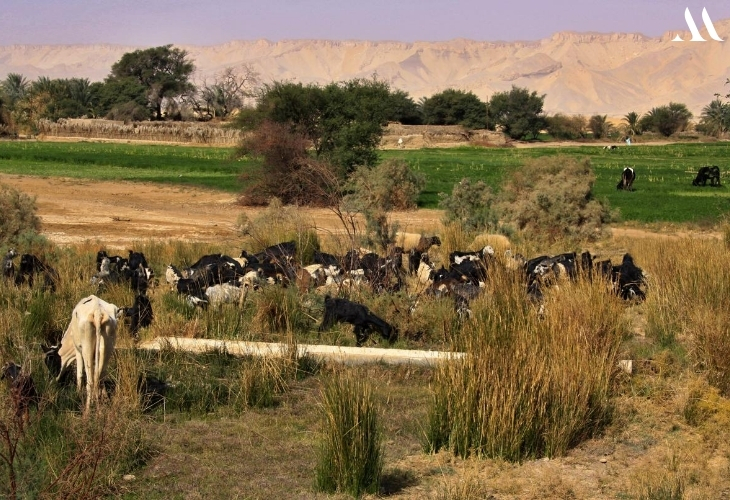
Today the nomadic lifestyle has also become an attraction; nomadic traders have well ingrained the tourism factors in their life. Using their skill as an advantage to create trade between cultures and people as guides and as hosts, the nomads are accepting the travellers in their fold who wish to live a day or two amongst them.
Some Beautiful Oases and accessible to adventurers and artists |

Huacachina Ica, Peru. Nazca Lines is 2 hours away from this Oasis.

Huacachina Ica Oasis at Nights. Ica Lake, Peru
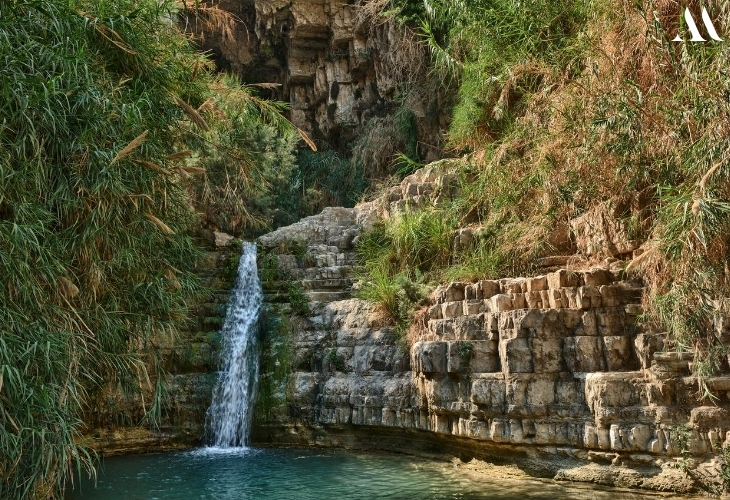
Israel - Ein Gedi, which means “Fountain of the Kid”. This lovely oasis is near the Dead Sea, Masada, and Qumrum caves, the site where the Dead Sea Scrolls were discovered.

Crescent Moon Lake, Dunhuang, China
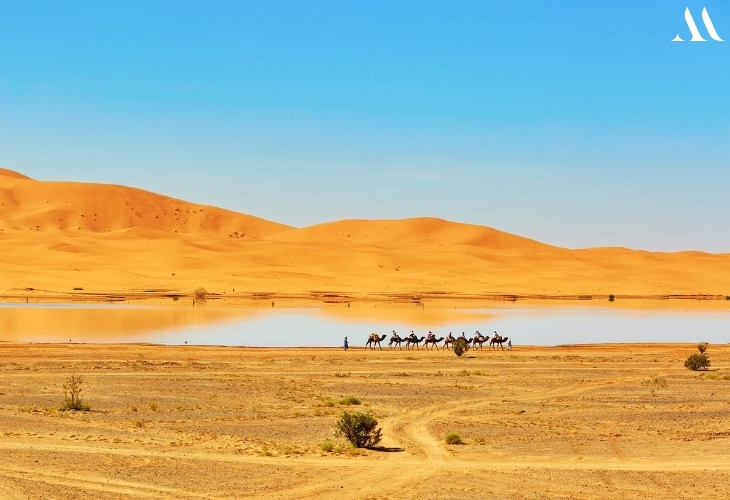
Oasis lake in Merzouga, Morocco
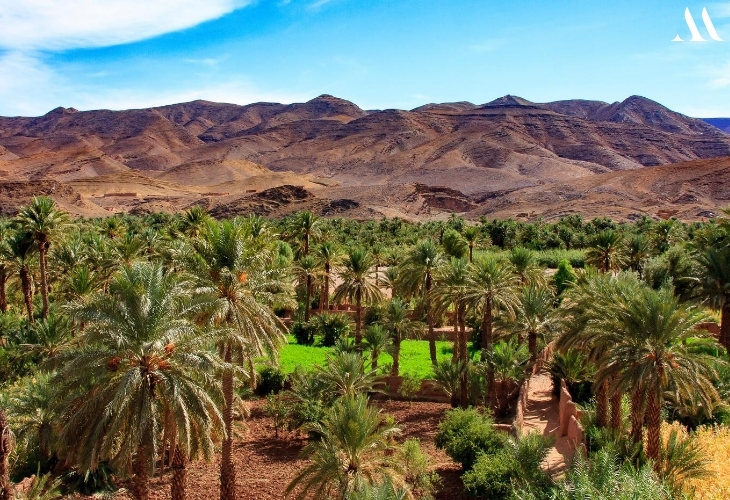
The oasis of palm trees in the Draa Valley. Agdz, Morocco

Wadi al Hayaa Oasis, Libya

Wadi Bani khalid, Oman
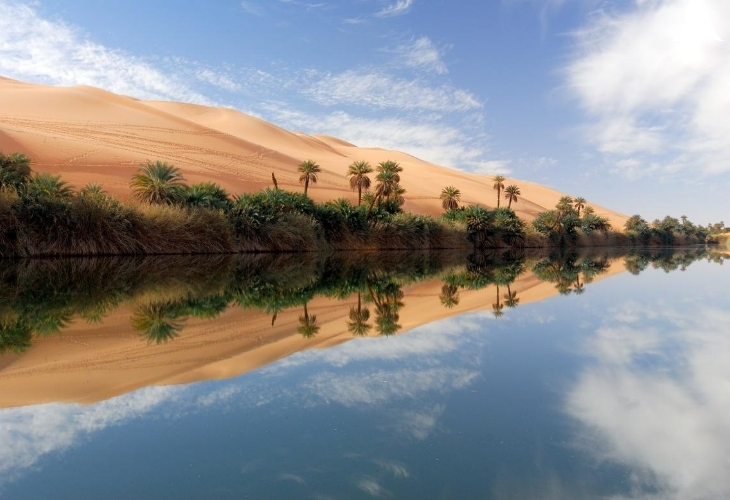
Oasis Umm-al-maa in Sahara Desert, Ubari Lakes, Libya

Chebika Oasis, Tunisia


Badain Jaran, the mysterious lakes. China & Inner Mongolia
Life is where the water is – the Oasis in the desert is where the heart is.
Gear up for a desert experience; you will not feel a drop of boredom as the landscape changes dramatically. Ride on your 4x4 or an actual camel through the colour-changing sand dunes into the setting sun and arrive at our luxury camp as it pops up seemingly in the middle of nowhere. When a cosy bonfire is lit, and everyone gathers around it to celebrate life, treat yourself to a local feast the nomads prepared for you. At the sound of desert music and the profound peace that falls on the camp, the rustic charm grows on you as the night progresses. When you lay down on the sand in the clear night sky and look at stars, remember you are looking back in time. Many stars formed millions, if not billions, of years ago. It is a magical moment of oneness with the universe.
What’s there to do at a desert camp? |
If you are game for it, then there is plenty to do:
Camel trekking,
Sandboarding,
Guided walks,
Jeep tours
Balloon ride
Climbing the dunes,
Local lunch at the camp’s shaded area deep in the desert
Visiting local areas or nomads
Evening sundowners and the easy entertainment around the campfire with local music.
Storytelling around the campfire.
But to many, staying in camps is all about slowing down, enjoy the vast empty landscapes, to think or maybe not think, is what makes the journey to the desert so memorable.
There are many different deserts. |
Some deserts have no rain for months or years. Some deserts have sand, but others have stones or rocks. Some deserts are in the mountains. The Sahara Desert, in North Africa, is the biggest hot desert on Earth and has dunes, rocks, and mountains. Some of the dunes are 180 meters tall. The Atacama Desert is in Peru and Chile, not very hot, but it’s one of the oldest and driest deserts on Earth. The Gobi Desert in Mongolia is mostly of rock, and Taklamakan, China, is in the mountains. It’s one of the coldest deserts on Earth. North American Great Basin Desert swing on extremes from dry to hot to snowy. The Arabian Desert covering the whole of the Arabian Peninsula, and to its north, the Syrian Desert covering much of the Middle East. South of the equator, the semi-arid sandy Kalahari Desert extends from the tropic of Capricorn to about 27°South. To its west, the Kalahari merges into the Namib Desert. The Patagonian Desert covering all of Argentina to the east of the Andes is a dry cold winter desert. The Great Victoria in Australia has it all; small sandhills, grassland plains, a surface of pebbles called gibber plains and salt lakes. |
Responsible Tourism |
When tourism is with an objective for the benevolence of man and the environment, only then it can be valuable for desert areas.
With an innate curiosity journey to places to learn about the ways of other people, their art and heritage.
Be sensitive where you put your money. Whether it is a mass production exploiting the social and natural resources in their avarice or units working closely with all essential elements to offer you an enlightening experience; by striking a balance in the value for your money and enhancing the diversity of an area’s cultural and natural heritage.
Respect the locals and their cultures without imposing on them standards from other parts of the world.
Encourage and promote local artwork through personal purchases and buy directly from them.
The hotels should play an active part in developing these units. On what we rely for, sustenance and growth come from the locals and the environment; therefore, it is our duty to return to them in kind.

Interested in more Oases? Read more about the natural wonder - the White Desert & Bahariya Oasis, Egypt.
| Tags ~ Deserts, facts and information, Oases, Oasis in Desert, Sand Dunes in Sahara Desert People |
.png)





